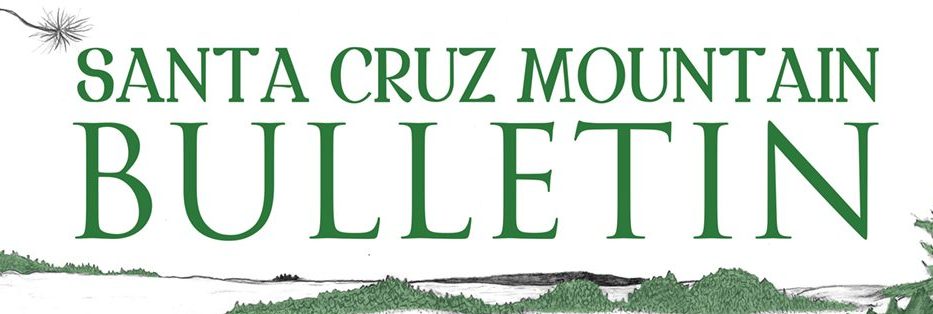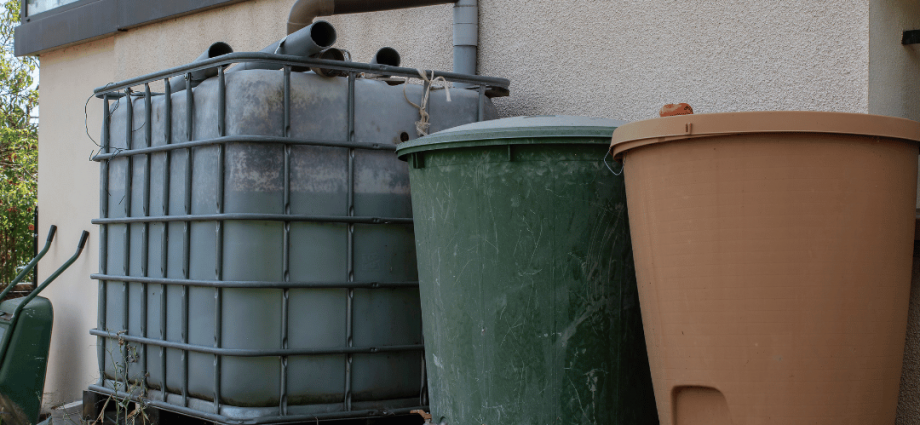By Mountain Mama
Water is the most precious resource to life. Setting up a system for living off-grid water is the first necessity you will need to consider. Creating a water system to live off-grid requires careful planning and consideration of your specific needs and available resources. Let’s take a look at some of the vital choices you will need to think about. First you will need to assess your water needs. Determine your daily water requirements for drinking, cooking, bathing, irrigation, and other uses. This will help you estimate the size of the system and the water storage capacity you need. Then consider your water sources. Identify potential water sources available on your property, such as groundwater wells, springs, rainwater, or nearby bodies of water. Assess their reliability, quality, and accessibility. In my opinion rainwater harvesting is the first best option. Harvesting rainwater is a sustainable option. Install a collection system comprising gutters, downspouts, and a storage tank. Though the use of a filtration system to remove debris and sediment before storing the water, is critical for your family’s safety. In addition to harvesting well water is another best option. If you have access to groundwater, consider drilling a well. Consult a professional well driller to assess the water table depth and viability of a well on your property. Digging a well is very costly. Many homes here in the Santa Cruz Mountains use a community well to share the cost. In addition to sharing the cost a much larger system is possible. We had a very large well on our property which was shared by five families. A very large generator was used to provide power to the large pump. The community would share in the maintenance of the generator. The pump would fill the individual household’s water tank. It would take a few hours to fill the tanks. We would fill the gas tank of the generator to be able to run as long as it took to fill the tank. Each house had a different size water tank. Ours was 1500 gallons and took about 3 hours to fill. Therefore I would put three gallons of gas in the generator. When the generator ran out of gas it would shut off and my tank would be filled. The next family would switch the valve to allow the water to go to their tank and they would add as much gasoline as they needed, being sure to turn off my valve and open theirs. It was a wonderful system. Whichever system or combination of systems you use, water filtration is extremely important. I will go into detail on water filtration in a future article. Implementing a robust filtration system to ensure the water you use is safe and potable. Depending on the source, you may need different filtration methods, such as sediment filters, activated carbon filters, and UV sterilization. Once you have your water source and system of filtration you must have a water storage plan. Install suitable water storage tanks or cisterns to store water. You can choose the size of water tank you will need. I filled my water tank weekly but some neighbors had huge tanks which only needed to be filled every couple of months depending on usage based on the size of your family and the amount of water you will need. Choose durable tanks made from food-grade materials. The cost of the tank will be determined by the size you will need. A general rule of thumb is about one dollar per gallon. A five thousand gallon tank is about $5000. This is on average and subject to change especially in this time of price increase of everything. Now you have decided on your water source, your filtration and your storage, the next consideration is how will you pump the water into the tank. Selecting an efficient water pump that suits your needs, will tank many factors into consideration. You will need to decide on the Pressure needs to pump the water into the tank. Keeping in mind the water tank should be located above your home to allow gravity to feed the water down the mountain into your home. Our system put the well at the bottom of the hill, the house was half way up the hill and the tank sat on the top of the hill. This meant gravity would do the work of delivering the water but the pump had to do the work of pumping it all the way to the top. Therefore the pump was part of the well system and shared by the five families. When designing a plumbing system to distribute water throughout your property consider all the places you will need the water to flow. Use pipes and fixtures suitable for off-grid setups and consider water-saving devices such as low-flow faucets and showerheads. A greywater recycling system is a great way to use water more than once which will save you time and money. Implement a system to recycle and reuse greywater from sinks, showers, and laundry. This can be used for irrigation, toilet flushing, or other non-potable purposes, reducing water consumption. It is important to alway use biodegradable soap since the water will go directly from your drain into your garden. Never put anything hazardous down the drain, which you should never do anyways. I make my own biodegradable soap which is listed in other Mountain Mama articles. Living off grid is not easy but so rewarding. Water conservation is key to creating a sustainable system. Practice water conservation by implementing water-efficient habits and technologies. Install water-efficient appliances, repair leaks promptly, and design your landscaping to minimize water usage. Regular maintenance is a high priority on your list of system checks. Regularly inspect and maintain your water system, including filters, pumps, storage tanks, and plumbing. Periodically test water quality to ensure it meets safety standards. In most cases you will also need to add a system of softening the water. Water softening with salt is a pop Regulatory compliance is also a consideration. Research and comply with local regulations and permits related to off-grid water systems, wells, rainwater harvesting, and wastewater disposal. It is crucial to consult with professionals, such as plumbers, well drillers, and water system experts, to ensure your off-grid water system meets safety standards and local regulations. The bottom line is water is the most important step in creating your off grid paradise. It is not complicated if you consider the opinions listed. Have fun living your best self off-grid.  ular method used for whole-house water treatment. Hard water contains high concentrations of minerals such as calcium and magnesium, which can cause various issues like limescale buildup, reduced soap effectiveness, and clogged pipes. To combat these problems, salt-based water softening systems are employed.
ular method used for whole-house water treatment. Hard water contains high concentrations of minerals such as calcium and magnesium, which can cause various issues like limescale buildup, reduced soap effectiveness, and clogged pipes. To combat these problems, salt-based water softening systems are employed.


